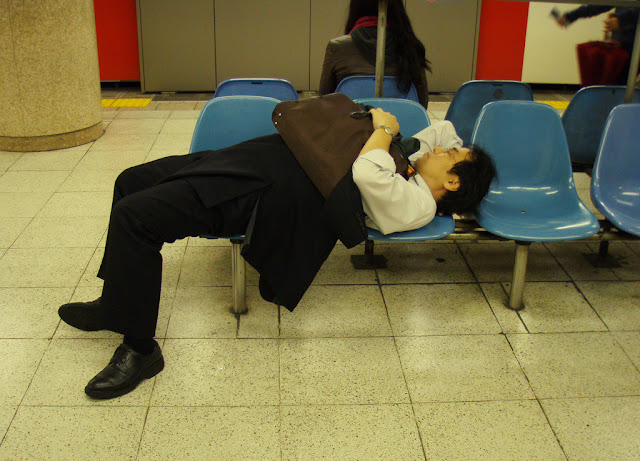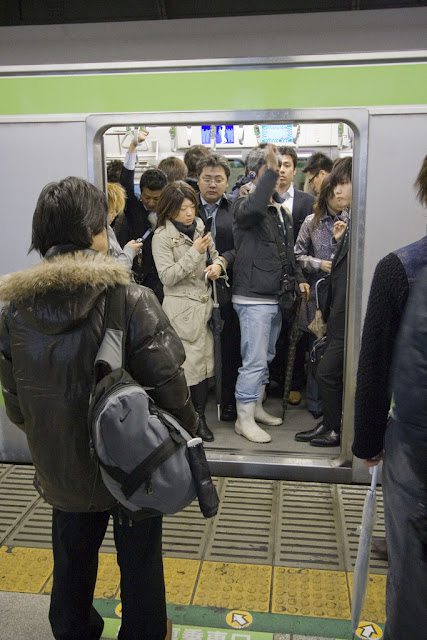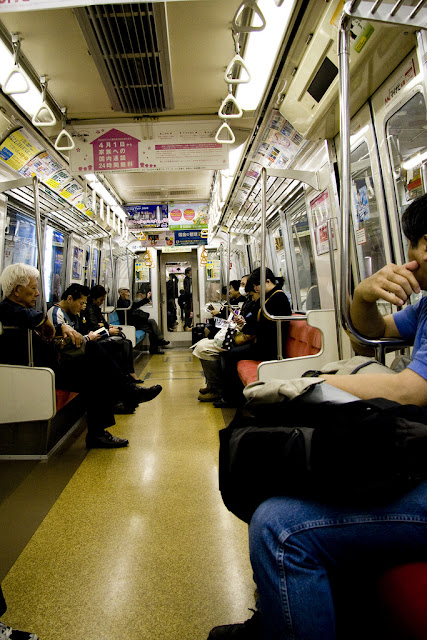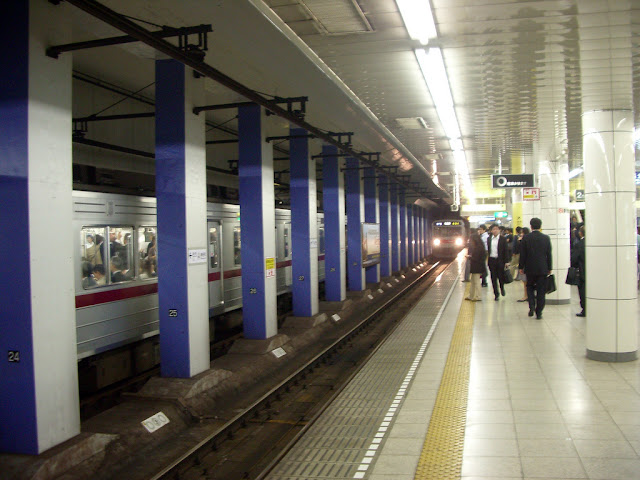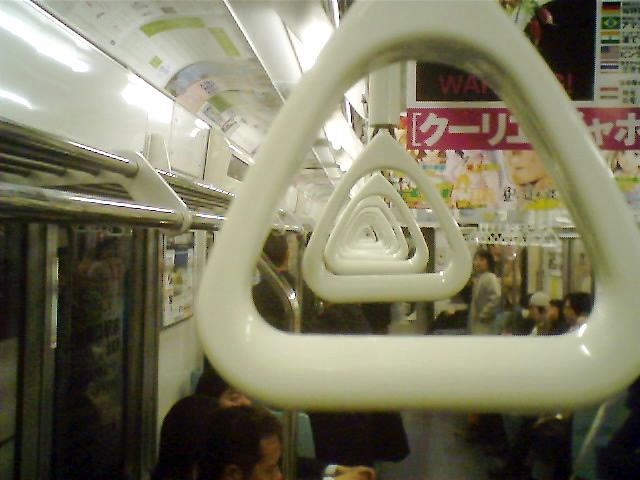新幹線
shinkansen
しんかんせん
This is your seat ticket travelling from Nagoya to Kyōto, Tokyo to Nagaoka etc. on the Shinkansen, or Bullet Train.
For tourists from outside Japan there is a much cheaper option to travel longer distances. This is easier if you buy a so-called Japan Rail Pass outside Japan first. You can exchange the voucher for a pass, which would entitle you to unlimited travel on JR for one or two or three weeks. Remember though that the Rail Pass can only be bought OUTSIDE Japan. Here is the link to more information on this subject.
It is an important piece of information to know that all Shinkansen (Bullet Train) stations are quite separate from ordinary stations. The Shinkansen stations tend to be “upstairs” and you need your tickets before you can get in. In order to separate the two stations, the Shinkansen stations are talked about as “Shin Osaka”, or “Shin Yokohama”, or Shin Kōbe “; that way no one is confused.
On the platform the space where the train doors will be opening, with their numbers, has already been marked.
新幹線
shinkansen
しんかんせん
新幹線
shinkansen
しんかんせん
新幹線
shinkansen
しんかんせん
新幹線
shinkansen
しんかんせん
新幹線
shinkansen
しんかんせん
新幹線
shinkansen
しんかんせん
新幹線
shinkansen
しんかんせん
新幹線
shinkansen
しんかんせん
新幹線
shinkansen
しんかんせん
First class Green Seat Compartment
博多 はかた Hakata
is the old name for
福岡 ふくおか Fukuoka
and it is still used by the railways
(for the western line, it is the end of the line)
The lady with the trolley will travel up and down the train for passengers who would like to buy some food or drinks and who do not wish to make use of the dearer option in the dining car. You could of course bring your own prepared food with you, as long as you do not impose on other travelling guests.
A little commercial break
Here is an important Japanese word; Japanese HATE it, they LOATH it;
it is sooooo un-Japanese:
迷惑 めいわく imposition meiwaku
bother, nuisance, trouble
bubble-crushers, loud-mouths, mess-makers, whingers
To bother other people, to impose on them, to make someone else responsible for your issues, to waste other people’s time, to burden them with your problems, to not know your limitations, to play it out in public, to cause a scene, to intrude into someone else’s bubble, to bore other people, to leave your mess for someone else, to be loud and overbearing, to forget that you are a guest, to forget that life is not about you, to seek attention unnecessarily. Do these sound familiar to you? If this is your way of getting by in life, then Japan is sooo not your place to visit!
“But what if…” – stop whingeing! Deal with it! It is your issue, not the world’s. Get help, if you need it; they’ll gladly give it to you, you can get help everywhere and anywhere and anytime, but then MOVE ON! As a nation, the Japanese are perhaps the most helpful people in the world, but DO MOVE ON! They all have a train to catch somewhere and it is a fast train and it isn’t in your direction. Get the idea?
迷惑 めいわく imposition meiwaku
Now back to the Bullet Train again:
新幹線
shinkansen
しんかんせん
新幹線
shinkansen
しんかんせん
新幹線
shinkansen
しんかんせん
Don’t worry:
they also have western-style toilets on the train.
新幹線
shinkansen
しんかんせん
“oh, dear, is that the price of petrol?”
新幹線
shinkansen
しんかんせん
新幹線
shinkansen
しんかんせん
新幹線
shinkansen
しんかんせん
Look! There’s your “Shin” reference!
and here’s your real “Shin”! Oh, what fun!
The dearer option, but very pleasant indeed…
新幹線
shinkansen
しんかんせん
upstairs downstairs
Enjoy your trip!
新幹線
shinkansen
しんかんせん

































































